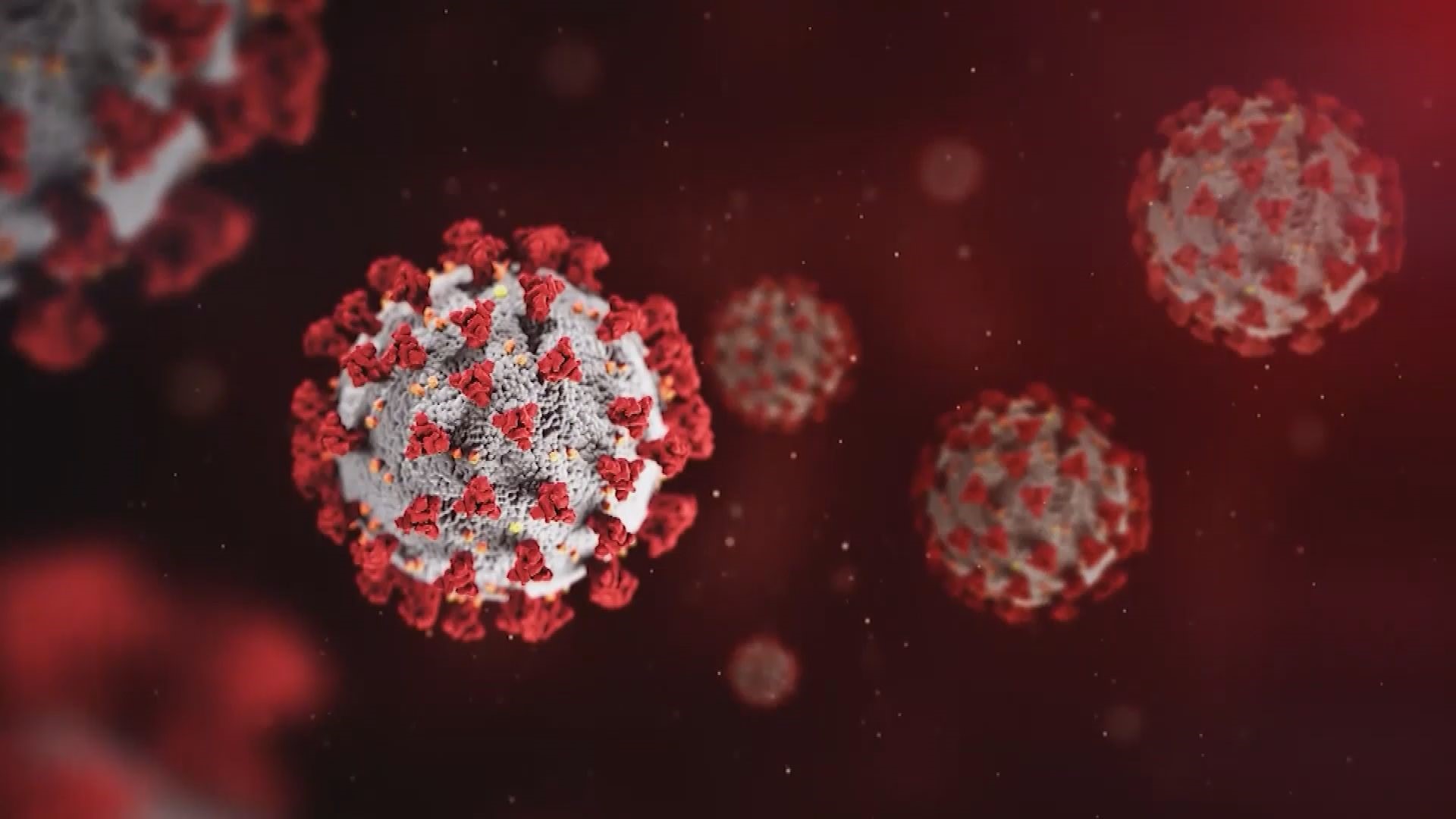UPDATE (9/6/23): This story has been updated with information from a Moderna clinical trial suggesting its updated vaccine is effective against EG.5.
A new strain of COVID-19 called EG.5 has been spreading in the U.S. and slowly becoming more widespread than other variants. EG.5 refers to a set of subvariants including EG.5.1 and EG.5.1.1, and has been nicknamed “Eris” (pronounced air-iss) by some scientists on social media.
EG.5’s rise is happening at the same time as a relatively small uptick in COVID-related hospitalizations. We’ve VERIFIED the answers to top questions surrounding the new strain.
THE SOURCES
WHAT WE FOUND
Is EG.5 similar to past variants of COVID-19?
EG.5 is similar to most of the COVID-19 strains currently circulating in the United States. According to the Centers for Disease Control and Prevention (CDC), EG.5 is descended from the XBB subvariant, which is in turn descended from the omicron variant.
According to CDC estimates, at least 99.9% of all current COVID-19 cases come from strains descended from the omicron variant, and more than 95% of all current COVID-19 cases come from strains descended from the XBB subvariant, which includes EG.5.
The omicron variant and its subvariants have been associated with less severe infections than those caused by earlier strains of COVID-19, and EG. 5 appears to be no different.
In its initial risk evaluation of EG.5, the World Health Organization (WHO) said that there have been “no reported changes in disease severity to date.”
Are the symptoms of EG.5 the same as the symptoms of other recent strains of COVID-19?
Currently, health agencies have not reported any changes in symptoms caused by EG.5. The WHO has noted that there is no evidence EG.5 causes more severe disease than other XBB strains that are currently circulating.
The XBB.1.5 strain, which is similar to EG.5, causes cold symptoms such as cough and congestion, the American Medical Association (AMA) says. Symptoms can also include fever, chills, fatigue, aches, sore throat, nausea and diarrhea. Symptoms typically last between five to seven days, but it varies from person to person, the AMA says.
Will the updated boosters coming in the fall be effective against EG.5?
While we don’t know yet exactly how effective the new boosters will be, based on their formulation they will likely be effective against EG.5.
The Food and Drug Administration (FDA) is looking to get the updated COVID-19 vaccine for 2023-2024 ready by the fall. It will be updated to specifically target XBB.1.5 to protect against the XBB-lineage of the omicron variant.
Pfizer and Moderna have both submitted applications for their updated vaccines to the FDA. The updated Pfizer vaccine could be approved and made available by the end of August, Pfizer CEO Albert Bourla said during an investor call.
While both vaccines were tested prior to the rise of EG.5, both Pfizer and Moderna reported that testing indicated their vaccines helped protect against circulating strains of the XBB subvariant. EG.5 is also a strain of the XBB subvariant.
EG.5 has a similar spike protein to XBB.1.5, the WHO says. COVID-19 vaccines train the body to trigger an immune response when it detects the proteins present on the COVID-19 virus, the CDC says.
Moderna announced on Sept. 6 that clinical trials indicate their updated vaccine generates a "strong immune response" to several variants of the virus, including EG.5. The CDC said Aug. 30 that these updated vaccines will be available to the public in mid-September.
Is EG.5 the most prevalent strain of COVID-19 in the U.S. right now?
According to CDC estimates as of Aug. 7, 17.3% of all COVID-19 cases currently in the U.S. are caused by the EG.5 strain. No other strain of COVID-19 is more prevalent.
XBB.1.16 is the second most common strain of COVID-19 in the U.S. right now, causing 15.6% of all active COVID-19 cases. The previously most common strain, XBB.1.5, is responsible for 10.3% of current COVID-19 cases.
Worldwide, EG.5 is responsible for 17.4% of COVID-19 cases, the WHO says.
Is EG.5 exclusive to the United States?
According to the WHO, 17.4% of all reported COVID-19 cases worldwide during the week of July 17-23 were caused by EG.5. That’s the most recent week the WHO has data for.
Many of the EG.5 cases reported to the WHO were from China. Aside from China and the U.S., the WHO saw a significant number of its EG.5 samples come from South Korea and Japan.
The United Kingdom Health Security Agency reported, as of July 27, 11.8% of its COVID-19 cases were from EG.5. The UK also noted that while EG.5 is spreading internationally, it has been doing so especially in Asia.
Can at-home COVID-19 tests detect EG.5?
Your at-home test should be able to detect it, although you may need to take the test more than once since false positives are possible.
The FDA says laboratory data indicates that at-home COVID-19 antigen tests can detect the omicron variant and its subvariants without performing any worse than it does when testing for other variants.
EG.5’s spread has been tracked for several weeks by the CDC’s variant tracker. The way the CDC tracks variants is by collecting viral specimens from a portion of people who test positively for COVID-19. So EG.5 would have to be picked up by at least some tests in order for the CDC to track it.
The FDA says at-home tests are less sensitive and therefore less likely to pick up early infections of COVID-19. Therefore, the FDA continues to recommend that people who test negative take a couple of tests, just to make sure they didn’t get a false negative.

